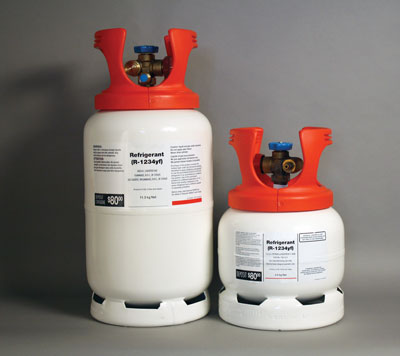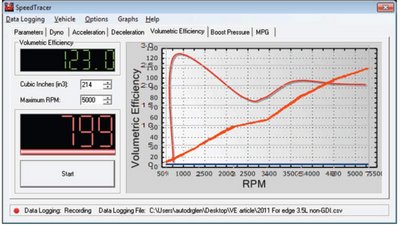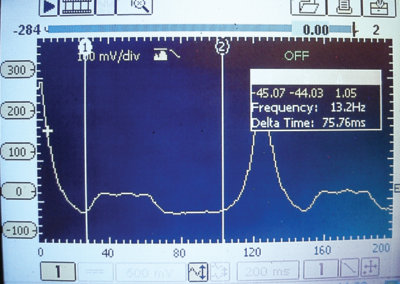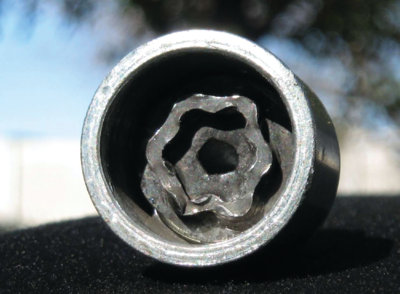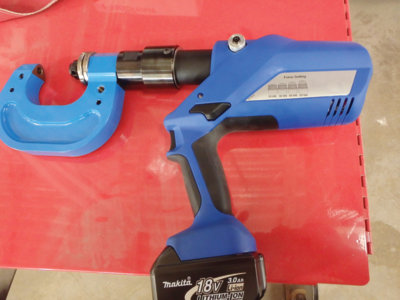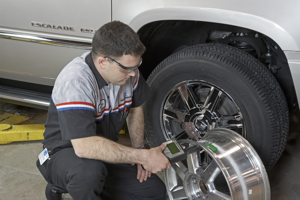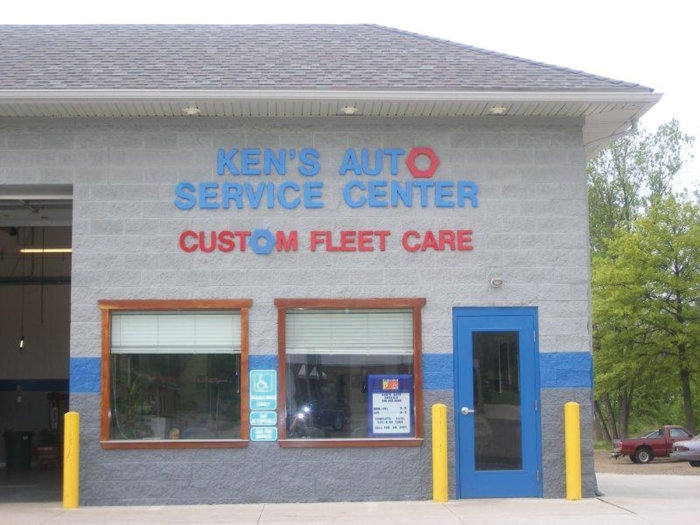 With the arrival of spring, it is that time of year again. The performance capabilities and reaction times of people afflicted with allergies are impaired by sneezing, itching, swelling of the nasal mucous membranes and cold-like symptoms. A study has shown that the risk of accidents for allergy sufferers increases by up to 30 percent during the pollen season.
With the arrival of spring, it is that time of year again. The performance capabilities and reaction times of people afflicted with allergies are impaired by sneezing, itching, swelling of the nasal mucous membranes and cold-like symptoms. A study has shown that the risk of accidents for allergy sufferers increases by up to 30 percent during the pollen season.
Hengst cabin filters entirely prevent dust and pollen from entering the vehicle interior, thus ensuring clean air and driving safety. Here one must distinguish between particle filters and activated carbon filters. Particle filters absorb pollen, dust and soot, whereas activated carbon filters provide additional protection from unpleasant odors. Today more than 80 percent of European vehicles are already provided with cabin filters as standard equipment. This is a growing trend! Allergy sufferers can thus breathe freely again during the spring pollen season, since up to 100 percent of pollen, dust and dirt particles are captured.
Filter inserts should be replaced regularly every 10.000 miles or at least once per year. To maintain optimal filtering efficiency, we recommend two filter changes per year, in the spring and fall. The appropriate cabin filter installation instructions are included in every package, and are also available in the Hengst online catalog, under the respective application.
 As of six months ago, fast-moving inserts in the Hengst cabin filter program are also available in practical bulk packaging, referred to as shop packaging. These packages contain 20 cabin filters, individually packed in polyester bags. You can obtain more detailed information from your contact person, or directly from our customer service.
As of six months ago, fast-moving inserts in the Hengst cabin filter program are also available in practical bulk packaging, referred to as shop packaging. These packages contain 20 cabin filters, individually packed in polyester bags. You can obtain more detailed information from your contact person, or directly from our customer service.
Our trading partners will receive sales support in the form of information sets with the slogan “pure pleasure”, comprised of posters, displays and flyers. Top priority will be given to sales support for retail businesses and garages, as well as to raising driver awareness of cabin air filtration, so that driving will continue to be healthy, safe and clean.
For additional information, visit www.hengst.de.


